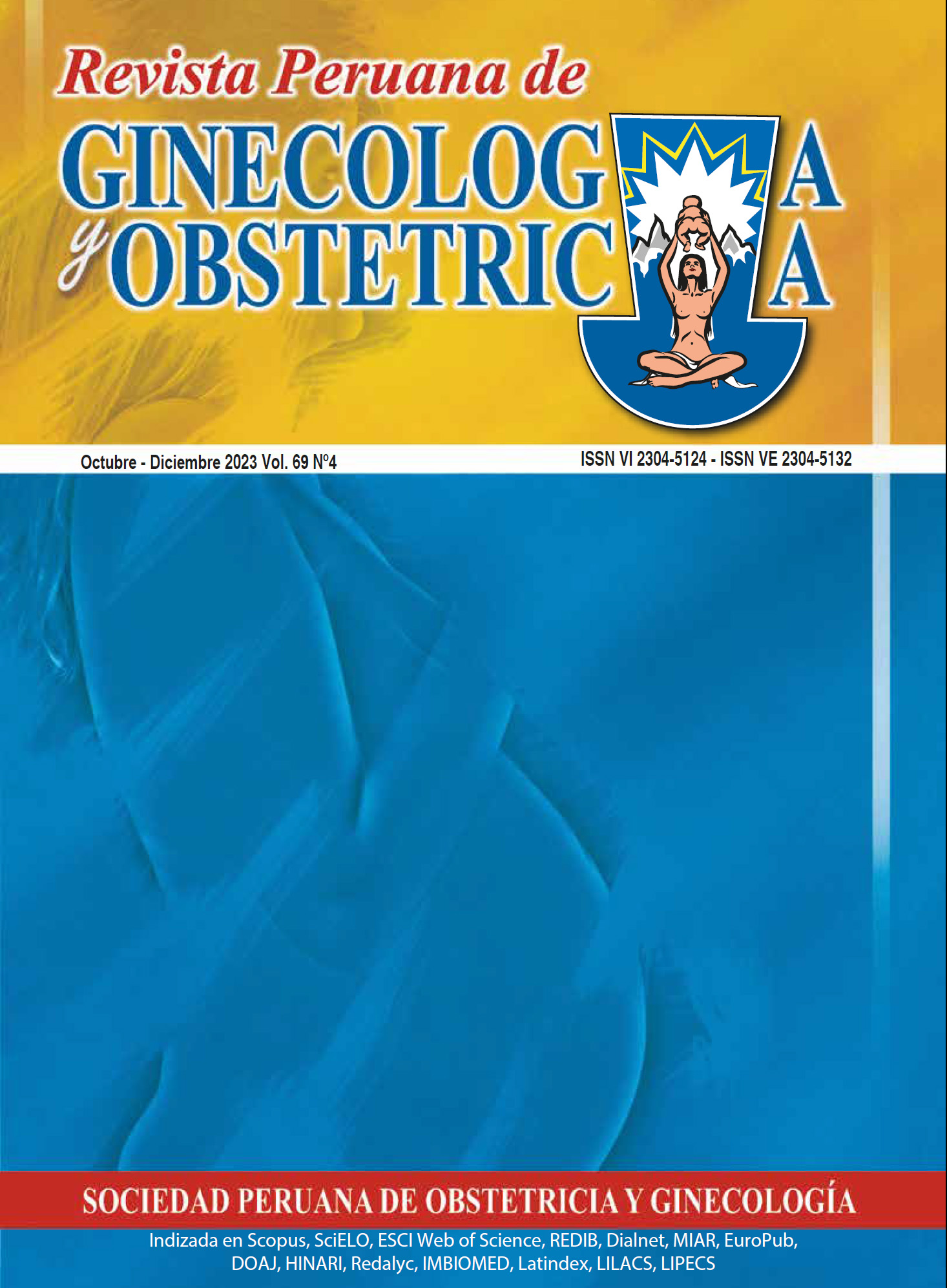Considerations on gestational and newborn anemia in Peru: a narrative review
DOI:
https://doi.org/10.31403/rpgo.v69i2569Keywords:
Pregnant women, Anemia, Iron, Hemodilution, AltitudeAbstract
Anemia during pregnancy is considered a public health problem, due to the alarming
prevalence worldwide. The measure chosen by various governments is massive iron
supplements. However, there is currently contradictory evidence on iron intake,
excess consumption, and potential risks during pregnancy for both the mother
and child. For gestation, an additional 1 gram of iron is required for the mother,
fetus, placenta, and delivery. This generates an increase in red mass of 20% but to
avoid hemoconcentration the plasma volume expands by almost 50% generating a
physiological hemodilution. For pregnant women, no criteria have been established
to differentiate iron deficiency anemia and physiological anemia due to the normal
process of hemodilution. In the case of Peru and countries with high altitude resident
population, there is an additional problem, the hemoglobin correction factor for
high altitude residence, which is a mathematically and arbitrarily determined value.
Recent evidence suggests that this factor should be reevaluated because it does not
consider ethnicity and generational time of residence at high altitude. The present
review provides an update and discussion of the diagnostic criteria for anemia, iron
supplementation, the hemoglobin correction factor for altitude of residence, and the
impact of environmental pollution on the gestation process.
Downloads
Downloads
Published
How to Cite
Issue
Section
License
Copyright (c) 2023 Gustavo F. Gonzales, Carol Ordoñez-Aquino, Cinthya Vásquez- Velásquez

This work is licensed under a Creative Commons Attribution 4.0 International License.
Esta revista provee acceso libre inmediato a su contenido bajo el principio de que hacer disponible gratuitamente la investigación al publico, lo cual fomenta un mayor intercambio de conocimiento global.















